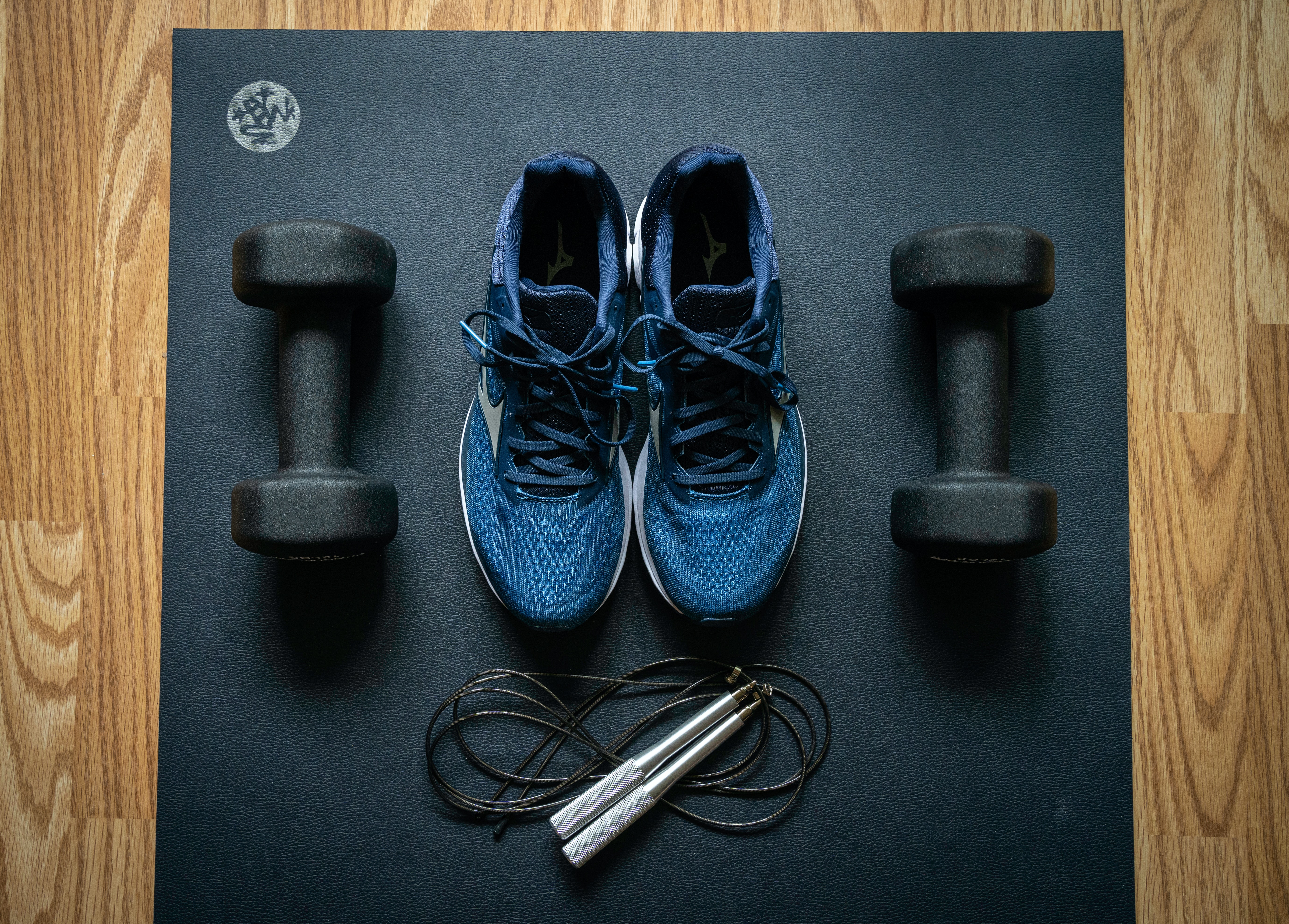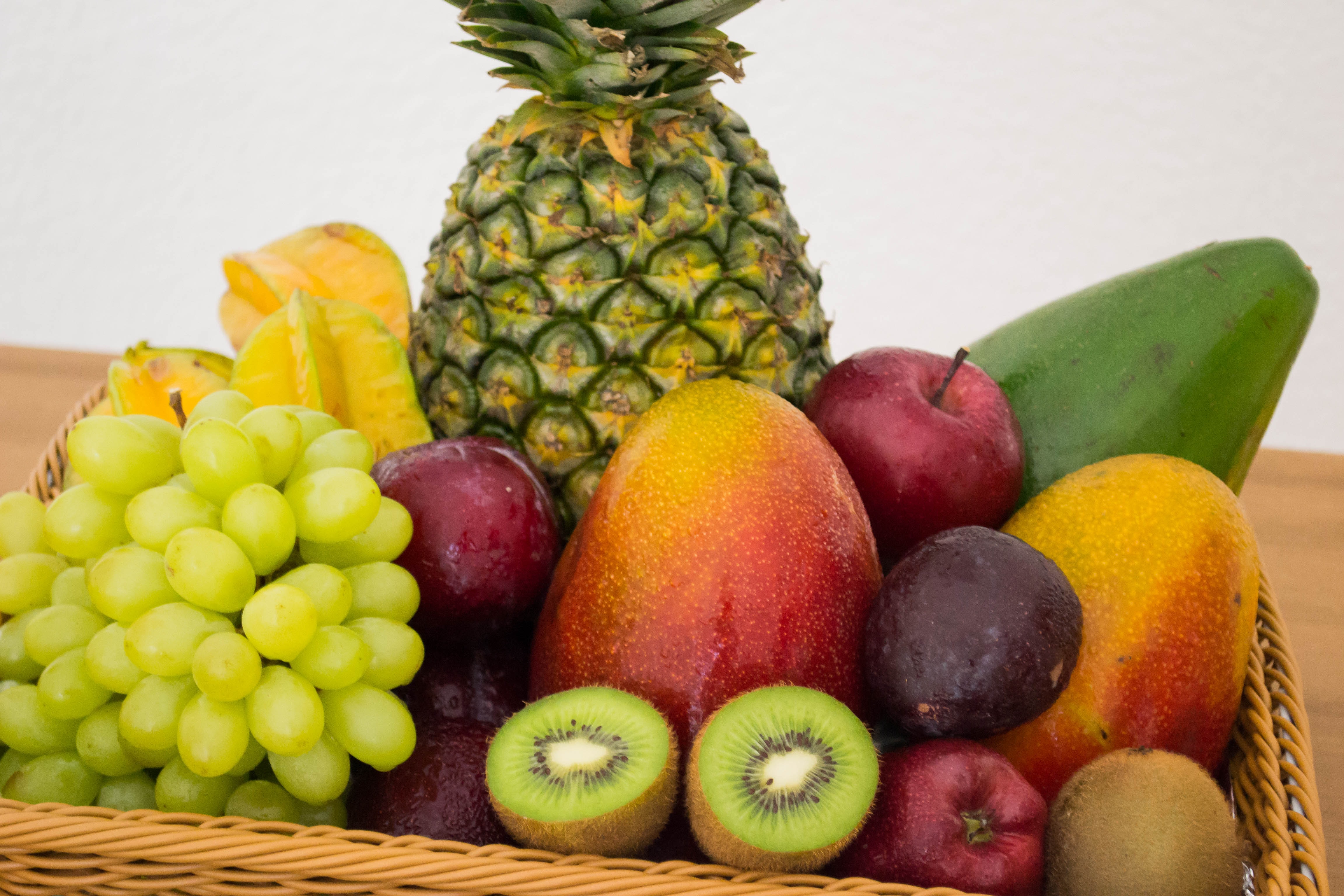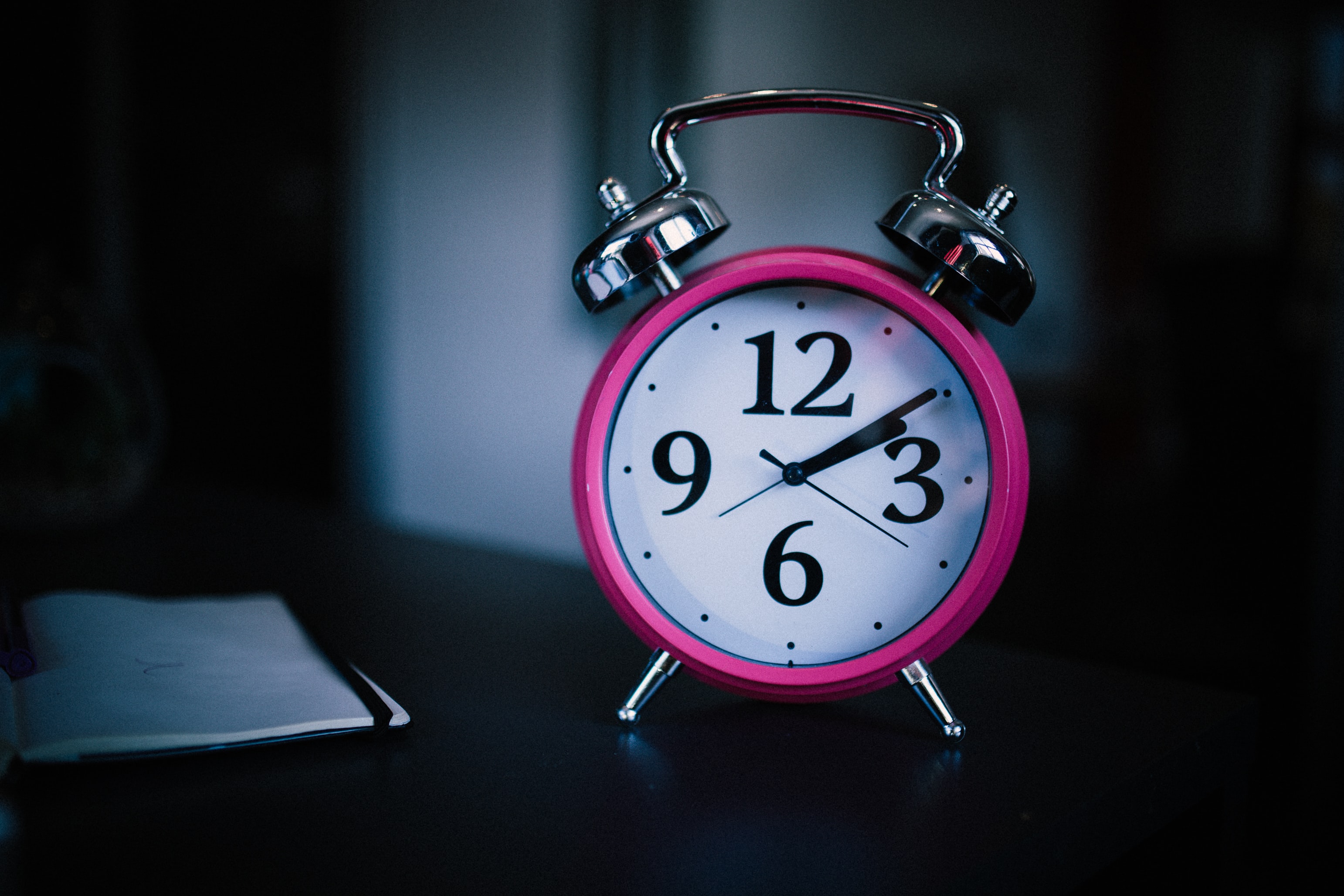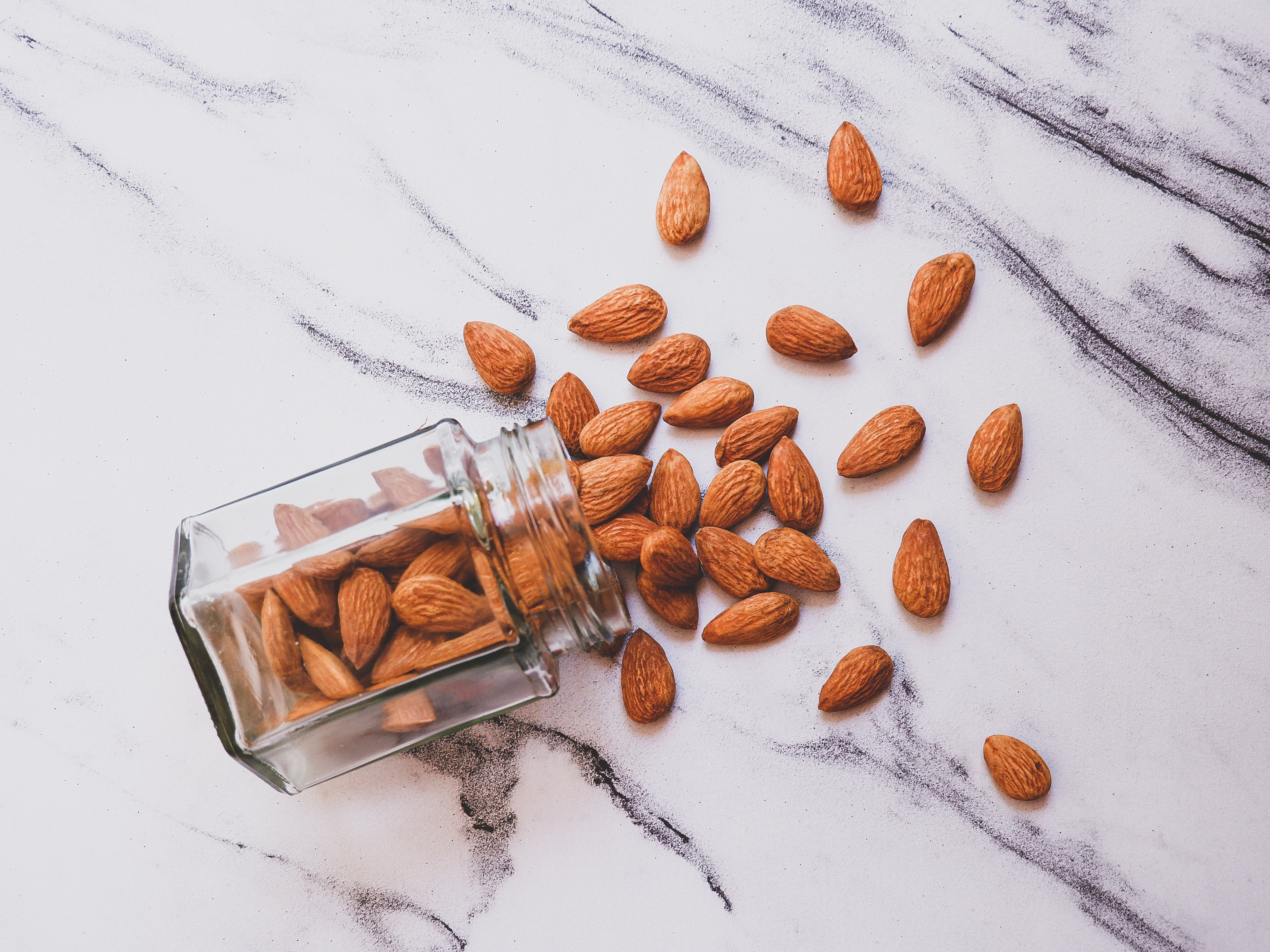 Photo by Siora Photography
Photo by Siora Photography
It’s been several weeks since you started working out and actually sticking to the schedule but are just not seeing the results. Where and when can you expect to see the results? Each person carries fat differently with genetics, hormones, environment, and lifestyle all playing a role.
Fat is the extra carbohydrate or protein from food that we eat that gets converted into triglycerides and stored in adipocytes in the body. There are 2 types of fat.
- Visceral or “hard” fat-this is a dangerous type of white fat that is between, around, and inside organs.
- Subcutaneous or “soft” fat-this is located under the skin and is not as dangerous as visceral fat, you can pinch this fat through your skin
When a calorie deficit is created either by reducing oral intake or increasing physical activity, your body draws on the stored triglyceride for fuel but stores are tapped evenly throughout the body so we cannot choose where the body will tap into this.
- You will first lose the bad visceral fat that surrounds your organs, then you will start burning the soft fat
- As to where you will lose that soft fat- some say that you lose weight where you last gained it and the first place you gained that fat will be the last to go
- Spot-training or targeting one body area such as your abdomen does not really work, work on full body work-outs
- It may be diffcult for women to lose in their hips, butts, and thighs because the fat there is important for child-bearing and related to higher levels of estrogen
How to burn fat effectively
- Create a calorie deficit(work out and practice intentional eating)
- Build muscle to increase your basal metabolic rate
- You need to be consistent and do regular physical activity at least 30 minutes on most days of the week. However to notice significant changes in terms of weight loss, goal will be to be physically active for 60 minutes or more.
- In about 3-6 months, you will start seeing 25-100% improvement in muscular fitness if you are also doing regular resistance exercise
Remember, it took a long time to build up the fat. It will take some time to get where you want to, but keep with it. You will eventually see that stubborn fat budge away be it in your belly or elsewhere. Your body will look and feel more toned and it will be worth it.
 Photo by
Photo by  Photo by
Photo by  Photo by
Photo by  Photo by
Photo by  Photo by
Photo by  Photo by
Photo by  Photo by
Photo by